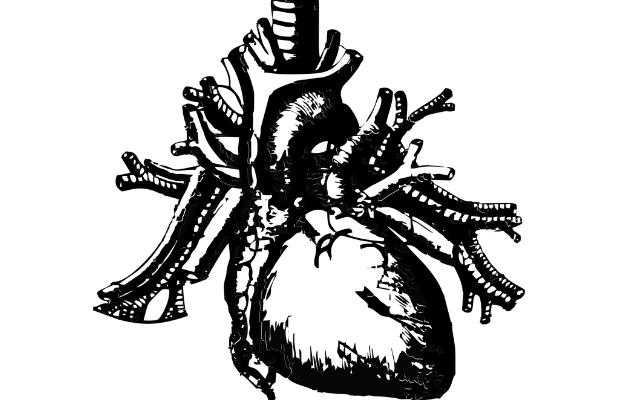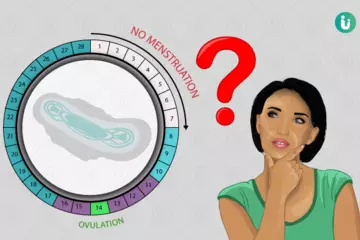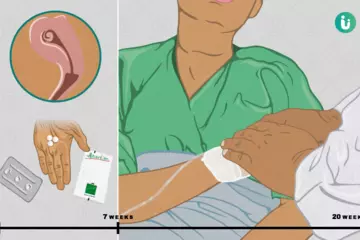What is pericarditis?
The pericardium is a double-layered thin sac on the surface of the heart, the inflammation, reddening and swelling of which is called pericarditis. Sometimes, extra fluids get accumulated in the pericardial layer, which is known as pericardial effusion. Pericarditis is usually an acute condition that develops suddenly and subsides after three months. It can affect individuals of all age groups but is commonly observed in men between 16 and 65 years of age.
What are its main signs and symptoms?
Pericarditis can cause chest pain that is very sharp and may worsen while coughing, swallowing and deep breathing. Other symptoms of pericarditis are:
- A dry cough.
- Anxiety.
- Tiredness.
- Pain in the back, neck and shoulder.
- Breathing issues when lying down.
- Abdominal swelling.
- Swelling of the legs and feet.
- Abnormal heartbeat.
What are the main causes?
The cause mostly remains unknown, but it is often due to the following:
- Bacterial infections.
- Fungal infections.
- Viral infections that cause cold or pneumonia.
- Cancer.
- HIV infection.
- Kidney failure.
- Tuberculosis.
- Heart attack.
- Certain medications like phenytoin, isoniazid and some cancer drugs.
How is it diagnosed and treated?
The following are the tests used for the diagnosis of pericarditis:
- Imaging tests
It includes MRI of the chest and heart, chest X-ray, echocardiogram, electrocardiogram and CT scan of the heart. - Lab tests
Troponin I test to check damage to the heart muscle, blood culture, complete blood count, tuberculin skin test, HIV test, antinuclear antibody test and erythrocyte sedimentation rate.
The course of treatment depends upon the cause. The following are the treatments based on the cause:
- Medications based on the type of infection
Antibiotics are used for bacterial infections, antifungal medicines for fungal infections, and antivirals for viral infections. - Other medications
Corticosteroids like prednisone and diuretics to remove the accumulated fluid from the body. - Pericardiocentesis
It is the process of fluid drainage from the sac using a needle. - Pericardiectomy
This is a surgery used in extreme cases and involves the removal of the damaged part of the pericardium. It is used only for long-standing pericarditis.

 OTC Medicines for Pericarditis
OTC Medicines for Pericarditis















